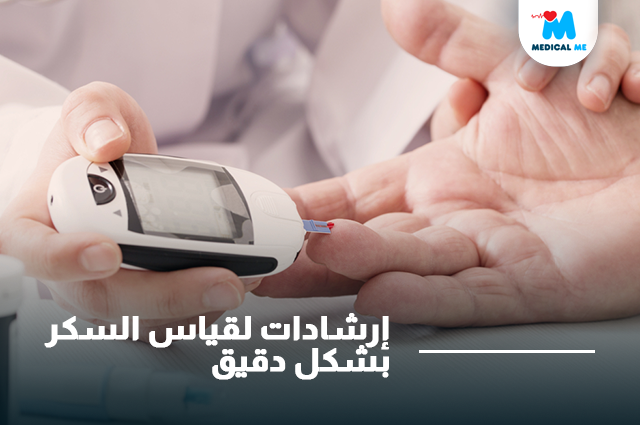The control of blood sugar is a crucial aspect of the lives of people diagnosed with diabetes. Accurate blood sugar measurement lays the basis for making educated choices about nutrition, exercise, and medicine. Here, we’ll look at several tips to help you measure your blood sugar levels as accurately as possible.
1. Understand the Importance of Accurate Sugar Measuring
It’s important to understand the importance of correct blood sugar monitoring before getting into the details. Blood sugar fluctuations can have an effect on one’s health both now and in the future. Hypoglycemia (low blood sugar) and hyperglycemia (high blood sugar) are examples of short-term problems that, if left untreated, can be fatal. Consistently high blood sugar levels can cause cardiovascular problems, kidney damage, and issues like neuropathy over time.
2. Choose the Right Glucometer for Blood Sugar
There are a variety of blood glucose monitors available on the market, but not all of them are created equal. Choosing a glucometer involves:
- Pick companies with a solid track record in the treatment of diabetes.
- Check to see if the equipment complies with ISO 15197:2013, which specifies the system accuracy specifications for blood glucose monitoring.
- Take into account the price of test strips, which can be an ongoing expense.
3. Store Test Strips Properly
Test strips, which are essential to measuring blood sugar levels, can be sensitive. To make sure they are correct:
- Maintain them away from moisture and direct sunshine in their original container.
- Avoid using strips after they have expired.
- Before usage, look for any obvious damage.
4. Maintain Your Glucometer
Regular maintenance ensures that your equipment operates at peak performance. This includes:
- Cleaning it according to the manufacturer’s instructions, often with a wet towel without immersing it in water.
- Replacing the battery as needed.
- Correction of the device on a regular basis if your model requires it.
5. Wash and Dry Your Hands
Food particles or other items on your fingers might cause measurements to be altered. Always wash your hands thoroughly with soap and warm water. Before taking a measurement, then let them totally dry.
6. Select the Right Testing Site
While the fingertip is the most commonly used site, certain glucometers allow for testing on other areas of the body, such as the palm or forearm. These sources, however, may not be accurate during situations of fast blood sugar change. Before shifting sites, always consult your doctor about this.
7. Use a Fresh Lancet
A clean injection is ensured by using a new lancet for each test, reducing the risk of infection and improving accuracy. Using lancets over and again can dull them, making injection worse and painful.
8. Obtain an Adequate Blood Sample
Make sure the blood drop is sufficient to fit on the test strip. Insufficient blood drop can result in misleading results. Warm your hands or hang your arm by your side to enhance blood flow if you’re having trouble getting a good sample.
9. Keep a Record
Following up your readings can provide useful insights. Take note of the date, time, reading, and any other factors that may have an impact on the level, such as meals, exercise, or stress. Many current glucometers can save multiple readings, and some even have apps to help track and evaluate data.
10. Regularly Review Technique
It’s easy to acquire undesirable habits over time. Review your technique on a regular basis:
- Double-check that you’re using the glucometer correctly.
- Make sure that you’re storing strips correctly.
- Make sure you’re using fresh lancets and getting enough blood samples.
11. Consult Your Healthcare
Regular check-ups with your doctor to ensure that you are appropriately managing your blood sugar. They are able to:
- Examine your recorded readings for trends or problems.
- Provide advice on any problems you’re having.
- Make any necessary changes to your management strategy.
12. Stay Educated
Management of diabetes is a constantly changing field. New equipment, techniques, and research can improve blood sugar management and measurement. Keep up to date with:
- Participating in diabetes support groups.
- Participating in workshops or seminars.
- Reading respected diabetes publications.
For diabetic people, testing blood sugar accurately is critical. You may ensure that your readings are as precise as possible by following the guidelines provided above, allowing for better management and a healthier future. Remember that consistency is necessary, and with the correct tools and approaches, you can successfully pass through the diabetes care journey.














